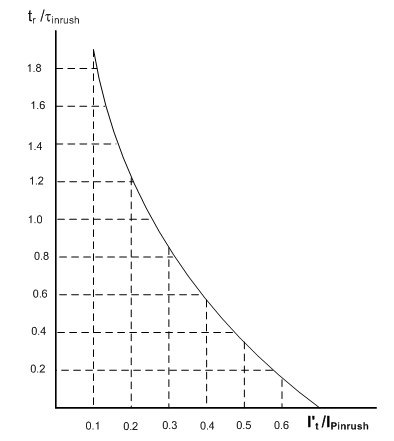Electricity
A study
of the history of electricity makes it clear that no single scientist or
inventor is responsible for its invention. No single person learned how to use
it. Rather it was the culmination of the works of various researchers spanning
several years.
Historical
records show that static electricity was already known to the ancient Greeks.
In the 6th century BC a Greek named Thales of Miletus discovered that rubbing a
fur would make a couple of objects attract one another.
According
to the legend he experimented with various objects. It was with amber that he
was able to produce electrical sparks.
15th Century
The next important chapter in the history
of electricity took place at the onset of the Renaissance. The
Italian physicist Girolamo Cardano discovered fundamental aspects of electrical
power and magnetism. His associate William Gilbert expounded on Cardano’s
theories.
In 1660
Otto von Guericke invented an electrostatic generator. This was the beginning
of a new scientific field of study. This device, along with others that
followed, revealed a number of things.
The
first is that electricity can move across a vacuum. The second is that
materials can be divided between insulators and conductors. Finally, it was
learned that electricity can be either in positive or negative forms.
The 17th to 19th Centuries
This
period was crucial in the history of electricity. First of all, the capacitor
was invented. Just as important was the discovery that static electricity could
be changed into a current.
It was
also around this time that Benjamin Franklin performed his famous experiment
with a kite. His experiments about lightning and electricity has been subject
to debate, but his contribution to electricity theory cannot be denied.
This was followed by more innovations and inventions,
including batteries, cathodes and anodes. Among the most prominent inventors
who worked on these aspects were Alessandro Volta, Georg Ohm and Andre
Ampere. Just a look at their names indicates the contributions they made to the
field.
Towards the 20th Century
The
history of electricity from this point on was marked by a rapid series of
inventions. These would come from some of the most brilliant thinkers and
inventors in the world. Not only did these researchers contribute to electrical
theory but they developed practical applications for it.
Among
these inventors were Thomas Edison, Alexander Graham Bell, Nikolas Tesla,
George Westinghouse and Samuel Morse. Their inventions would change
civilization in ways unimaginable. Among their creations were the telephone,
the motor and the light bulb.
During
this period, energy distribution was discovered and the telegraph was invented.
The highlight came during the War of the Currents. Edison wanted direct current
(DC) to be used while Westinghouse preferred the alternating current (AC).
Eventually both were utilized.
The
history of electricity is a fine example of how the works of many could be
combined into one. Although they never worked together, their efforts would
pave the way for the discovery and management of one of the most vital aspects
of nature.




Comments
Post a Comment